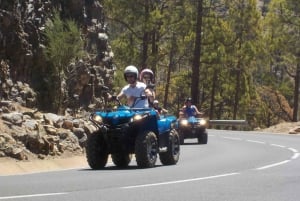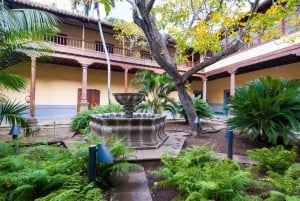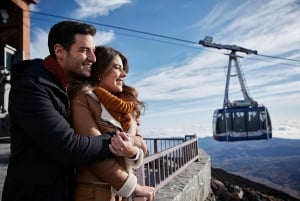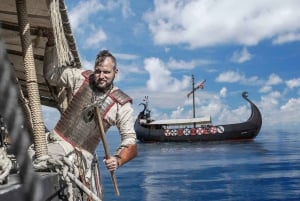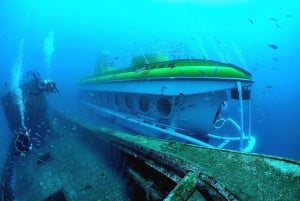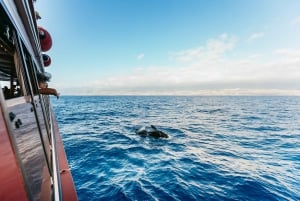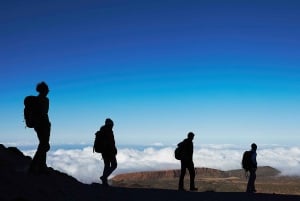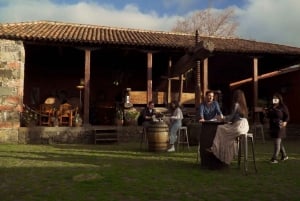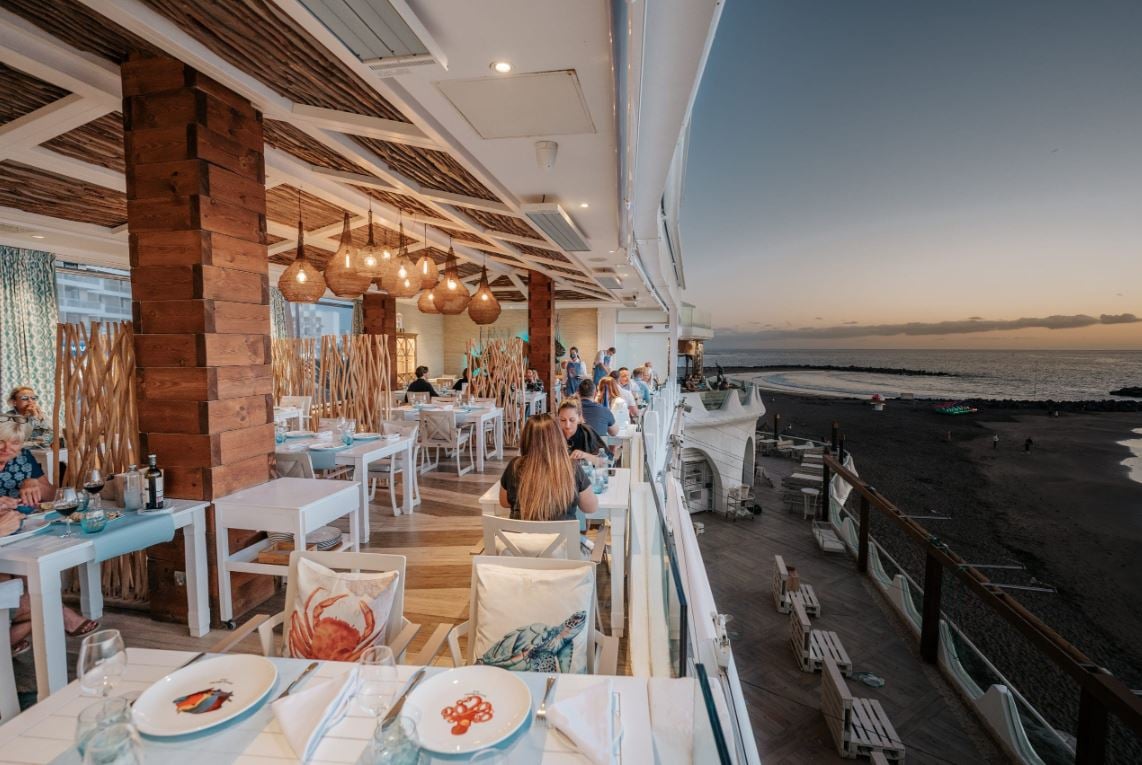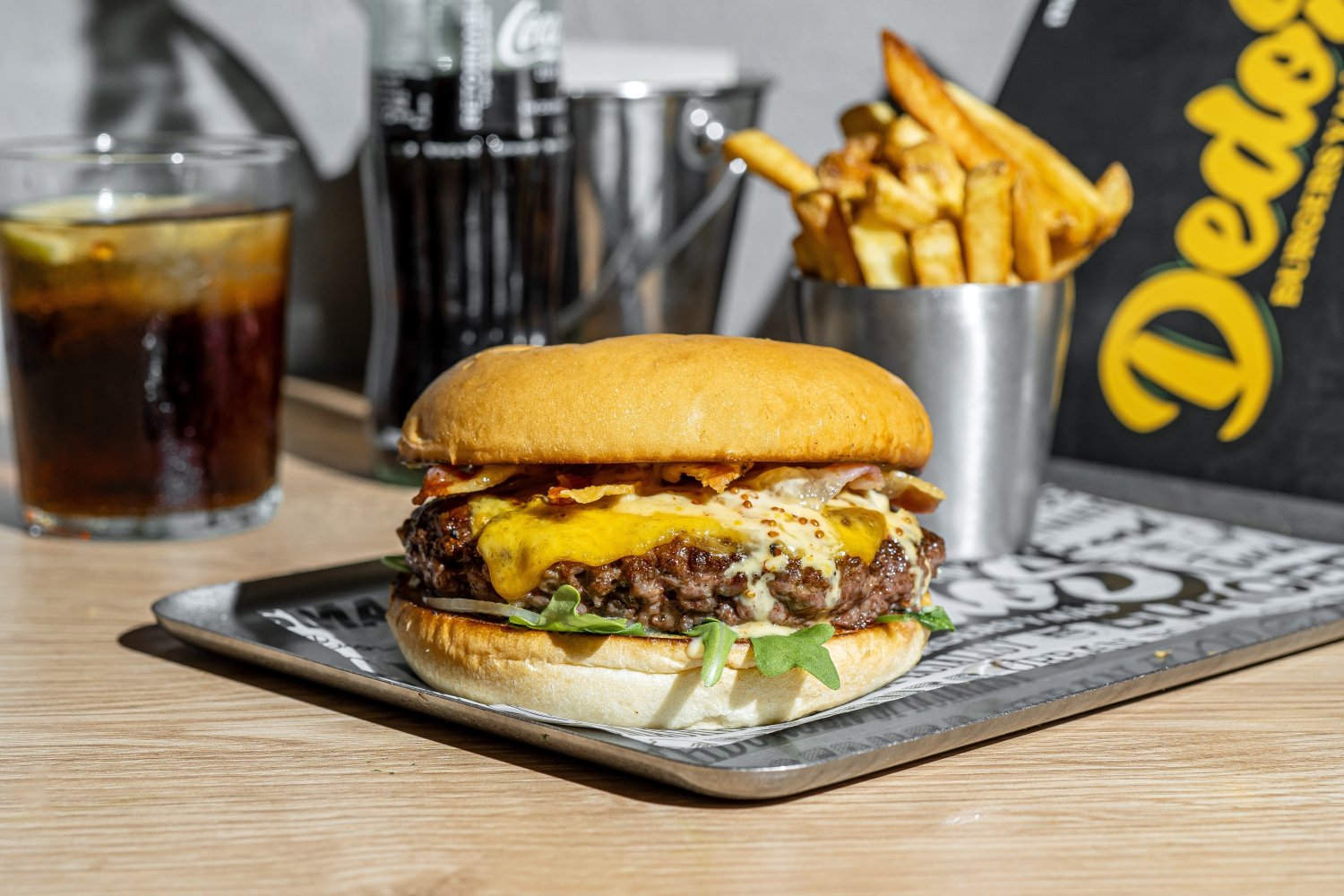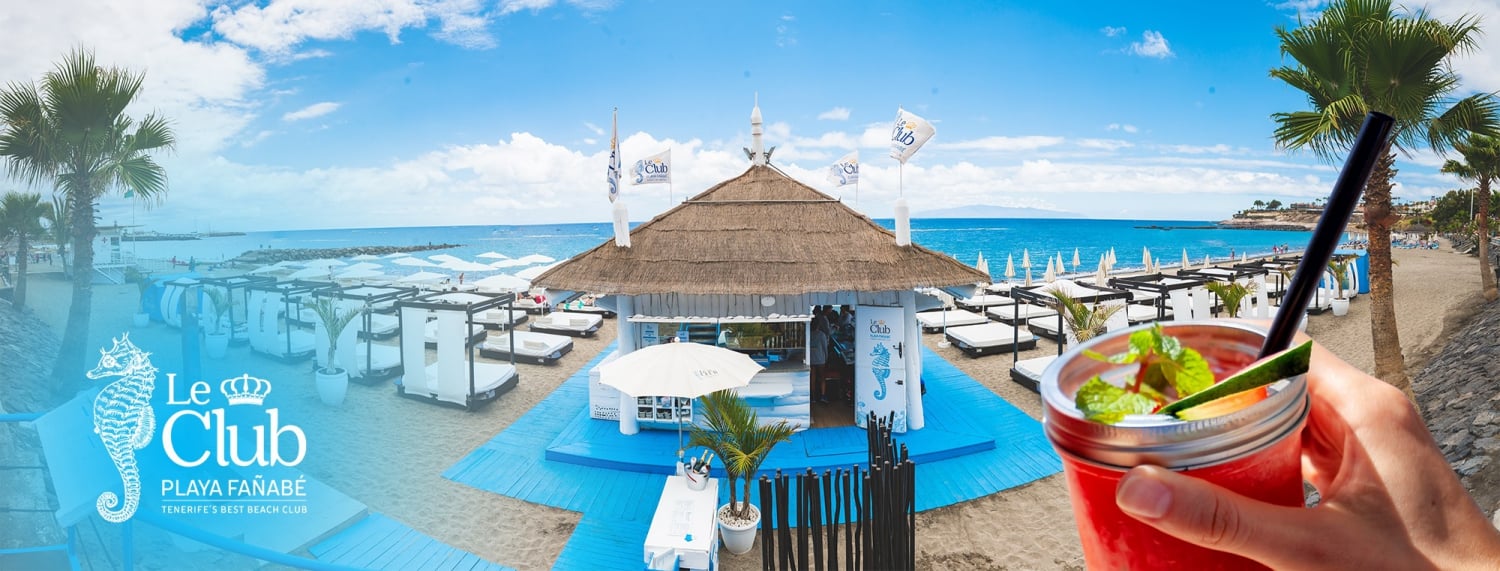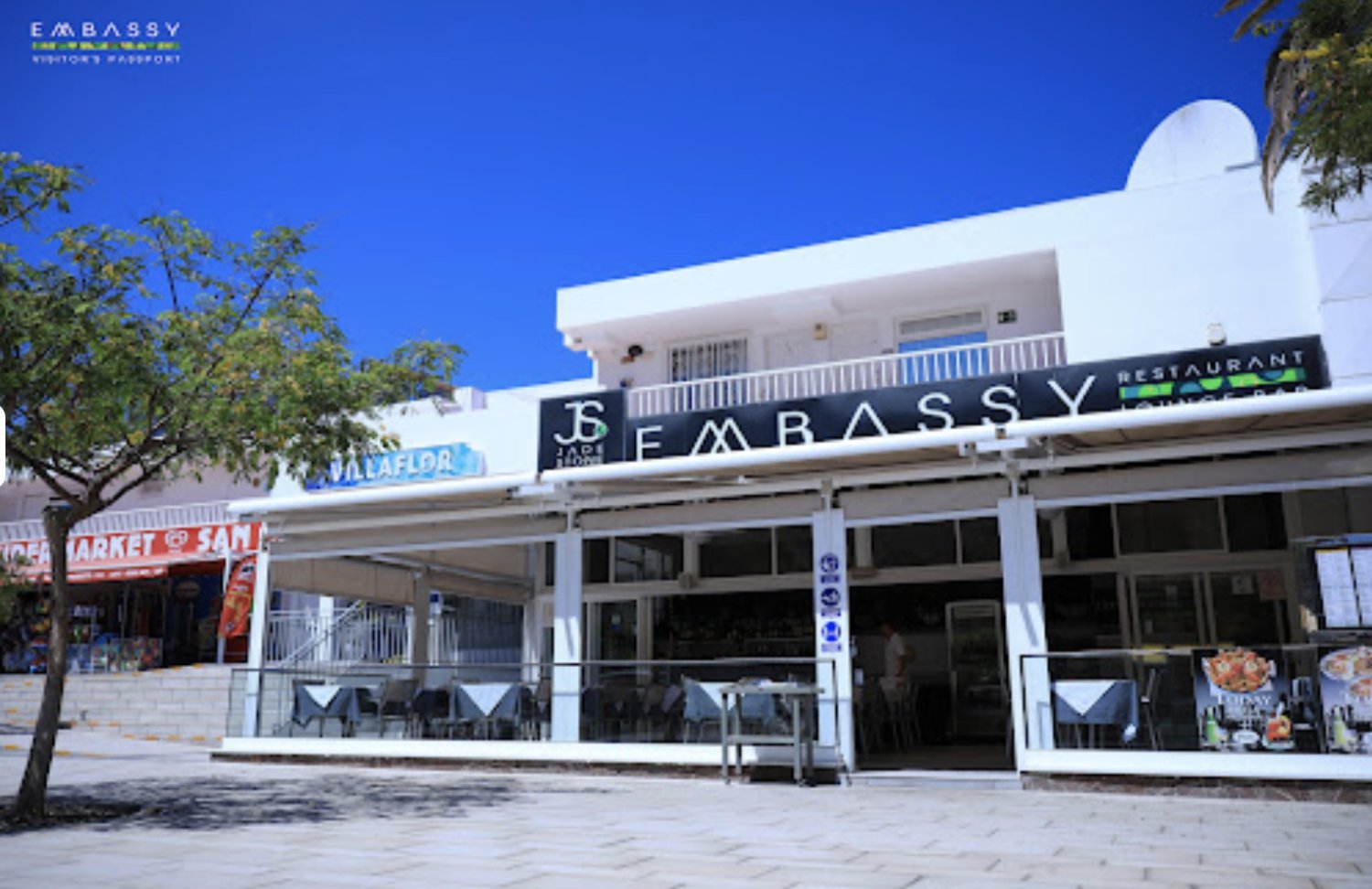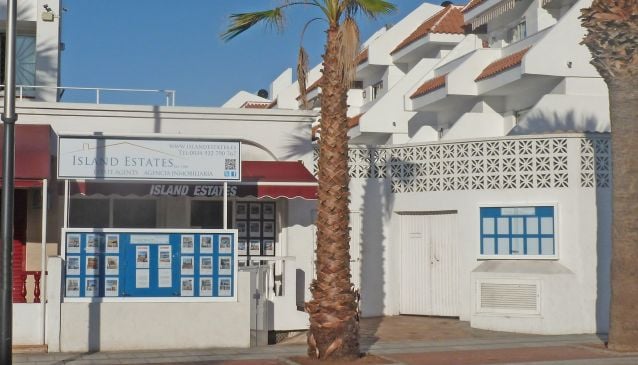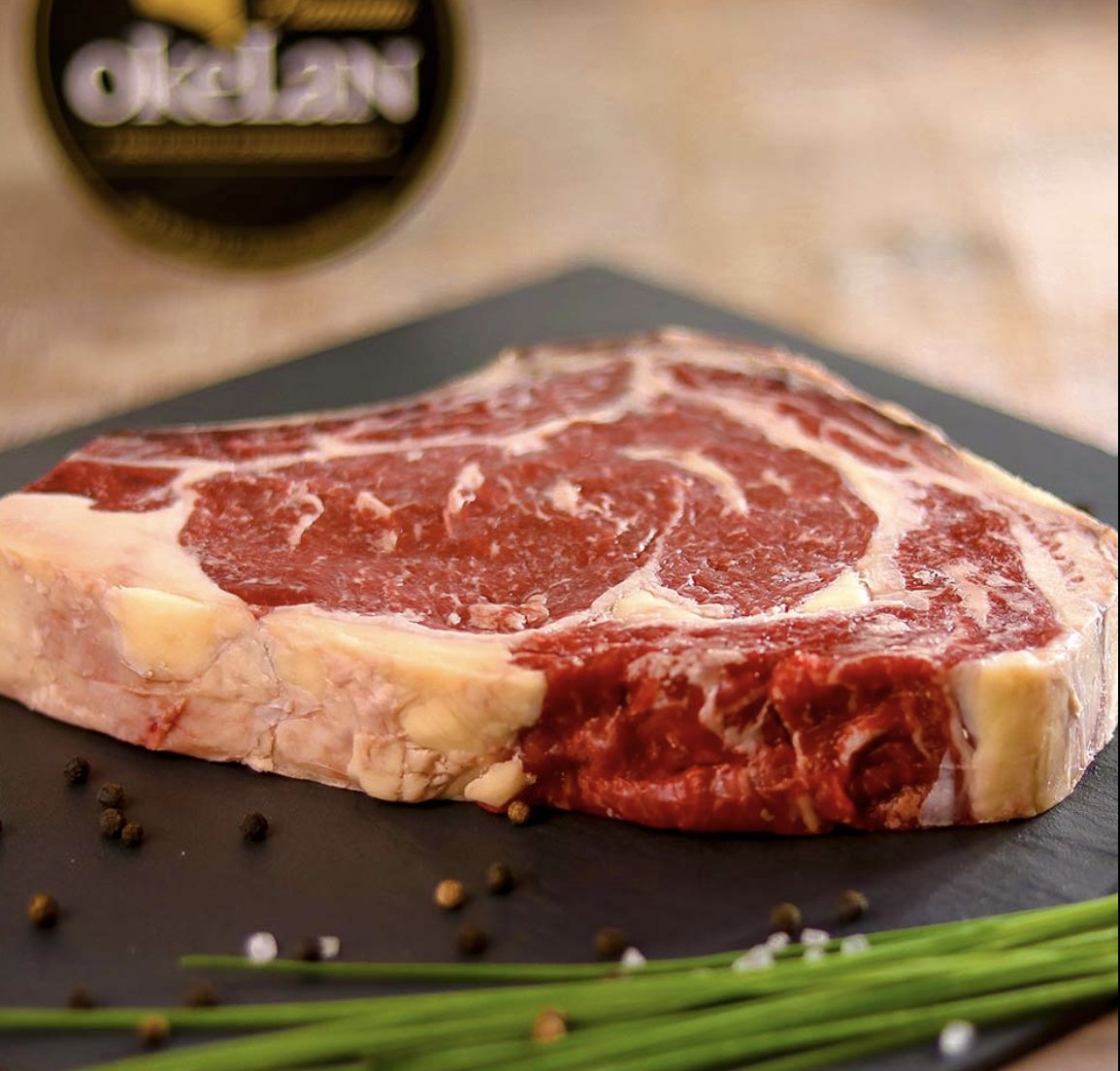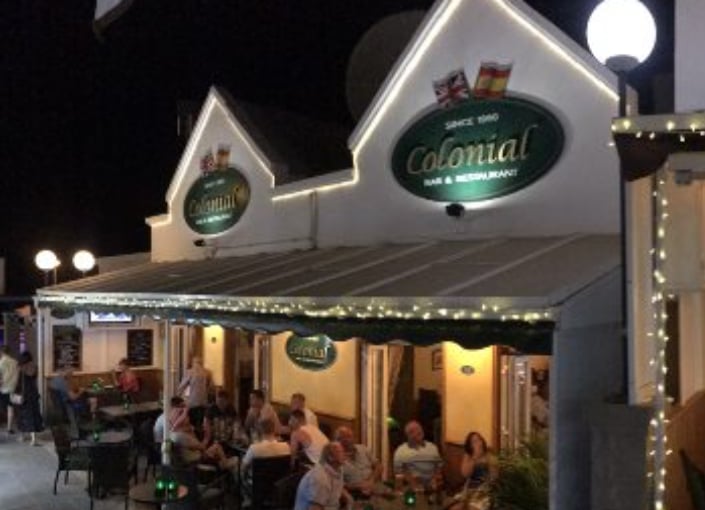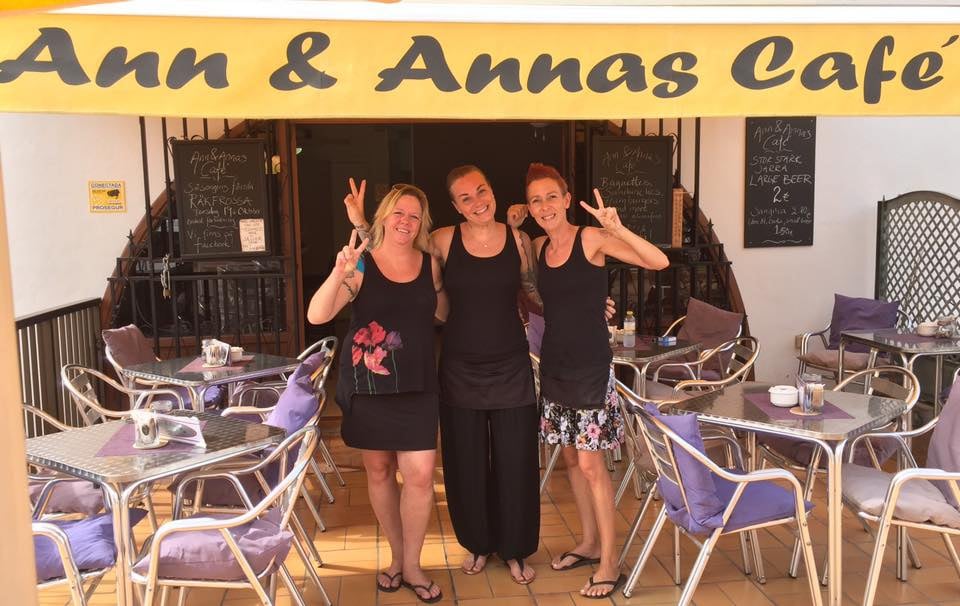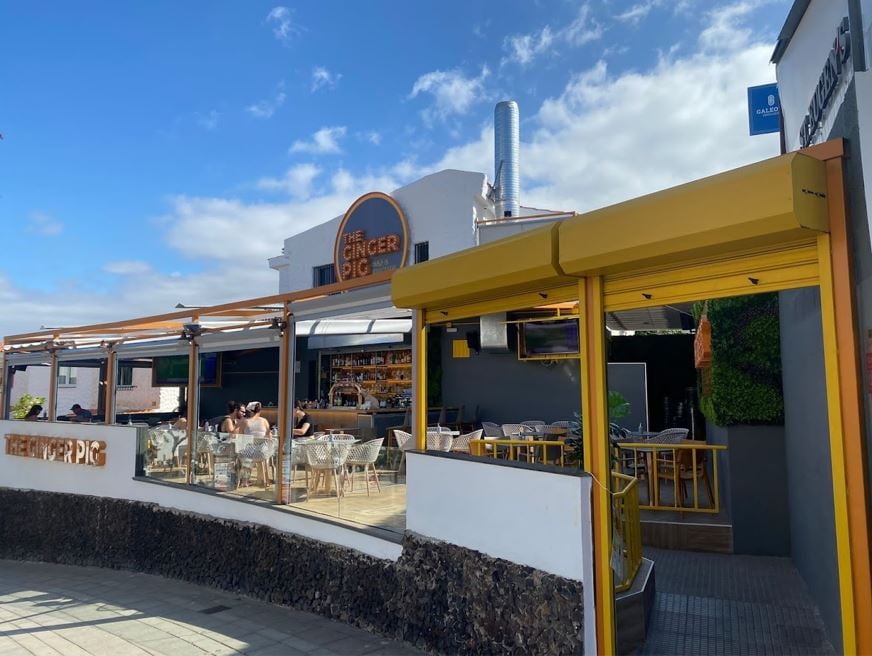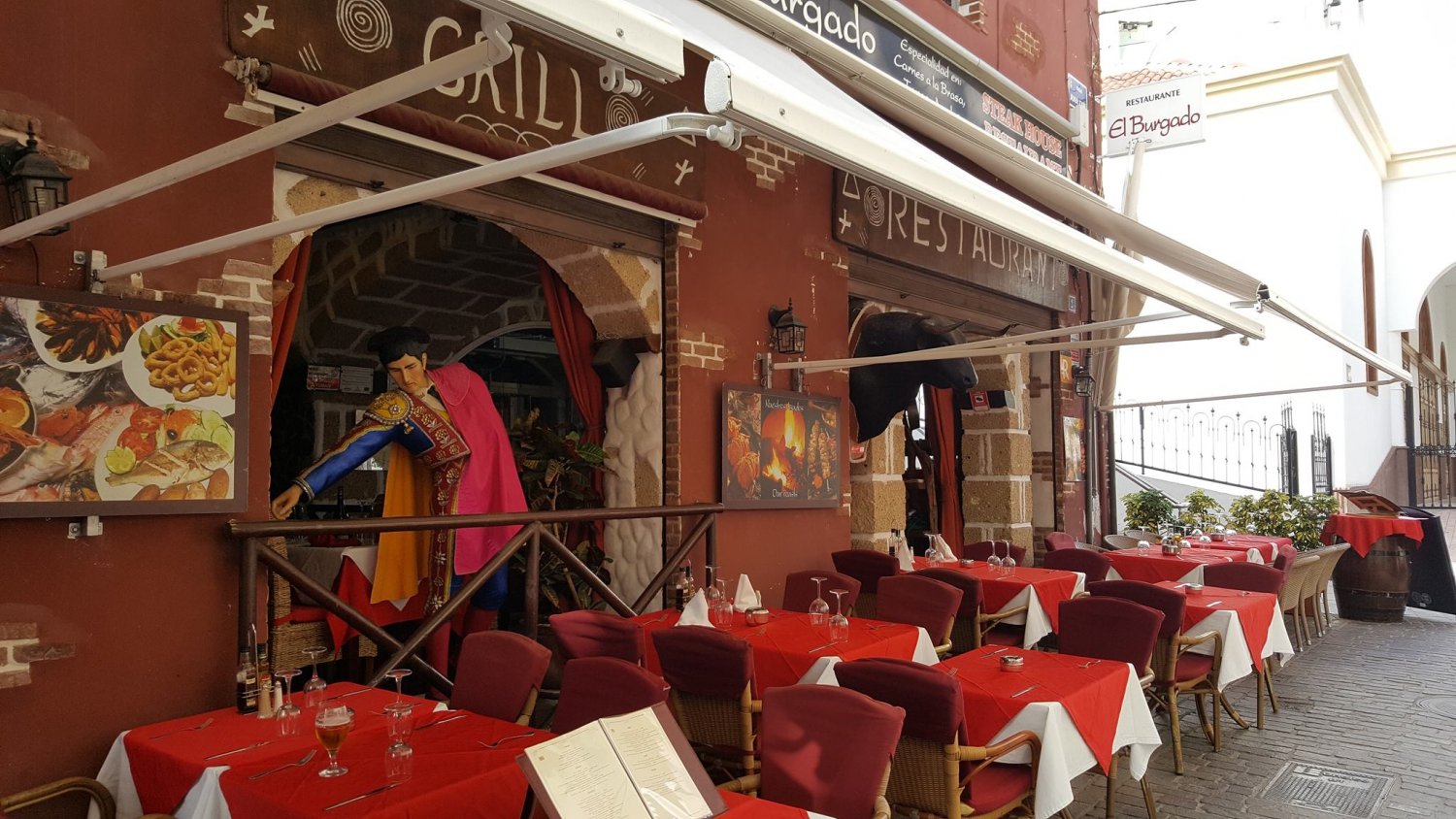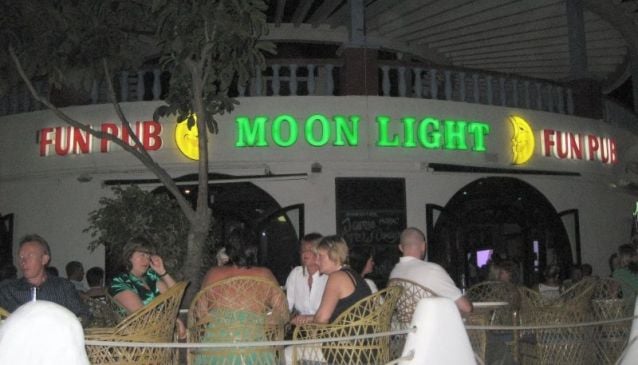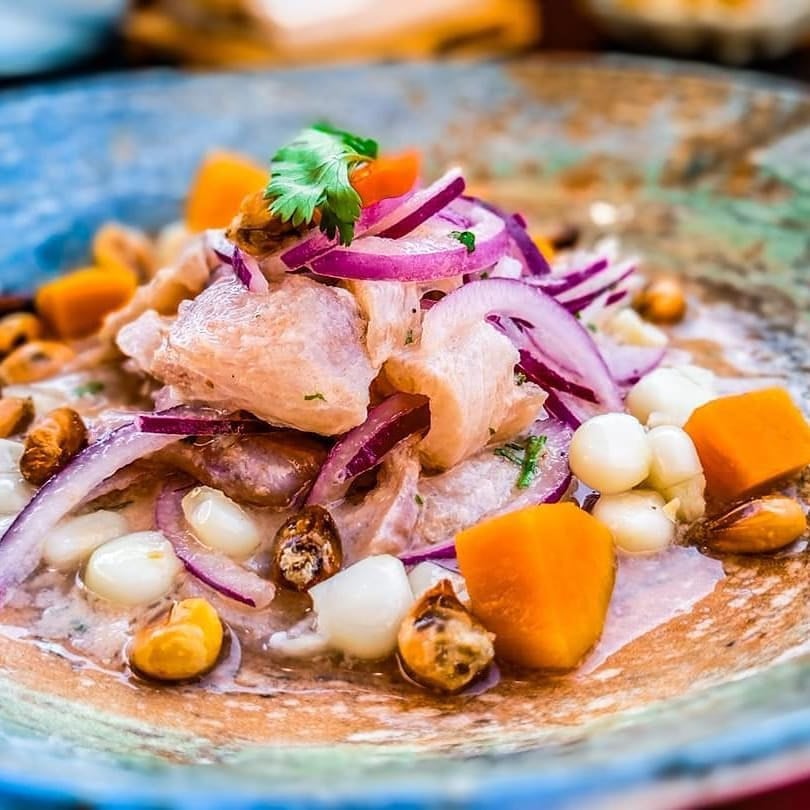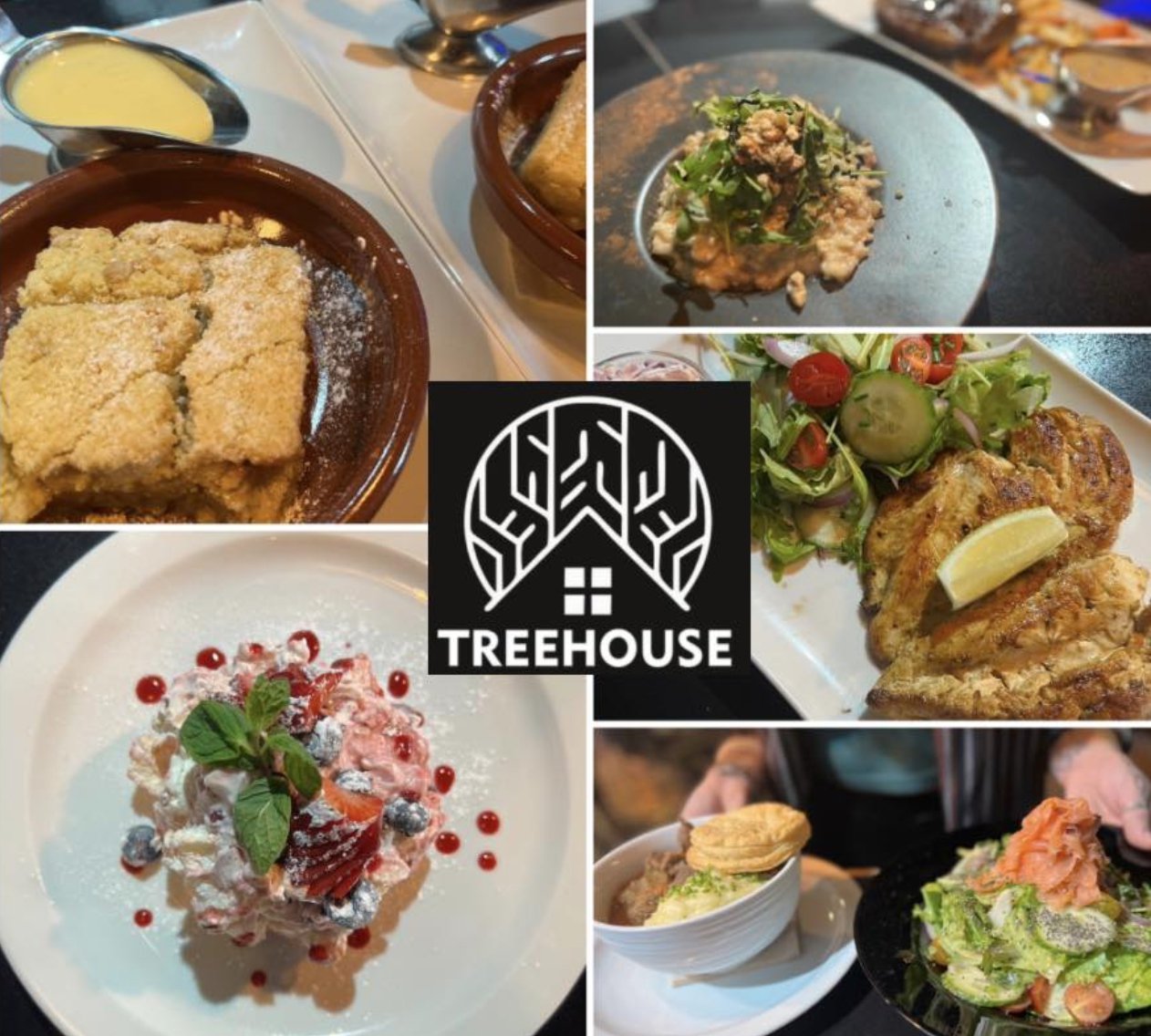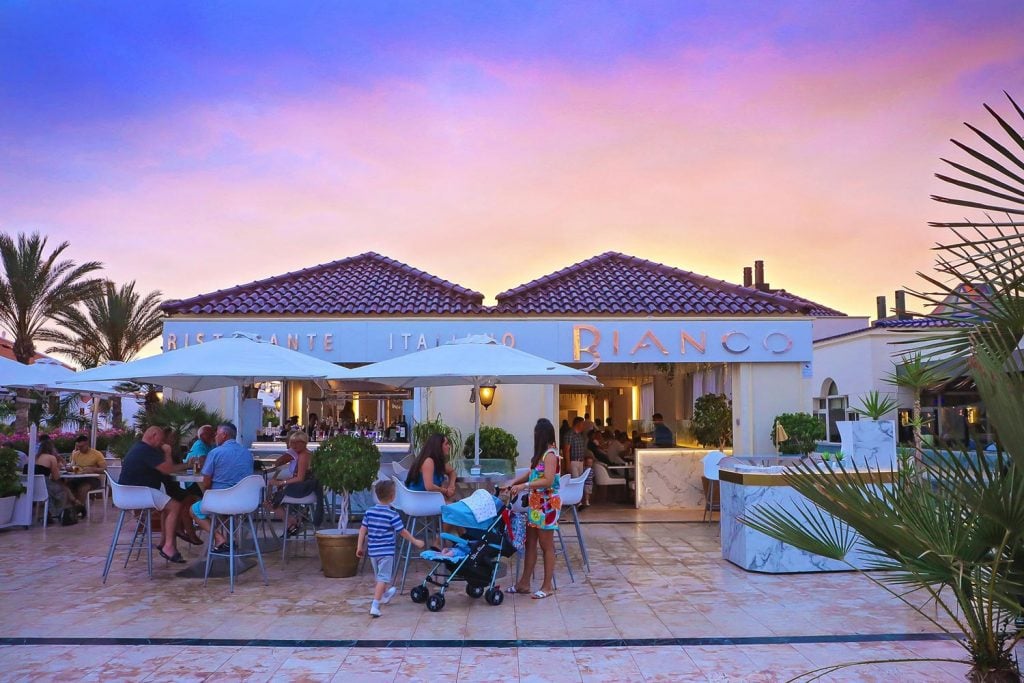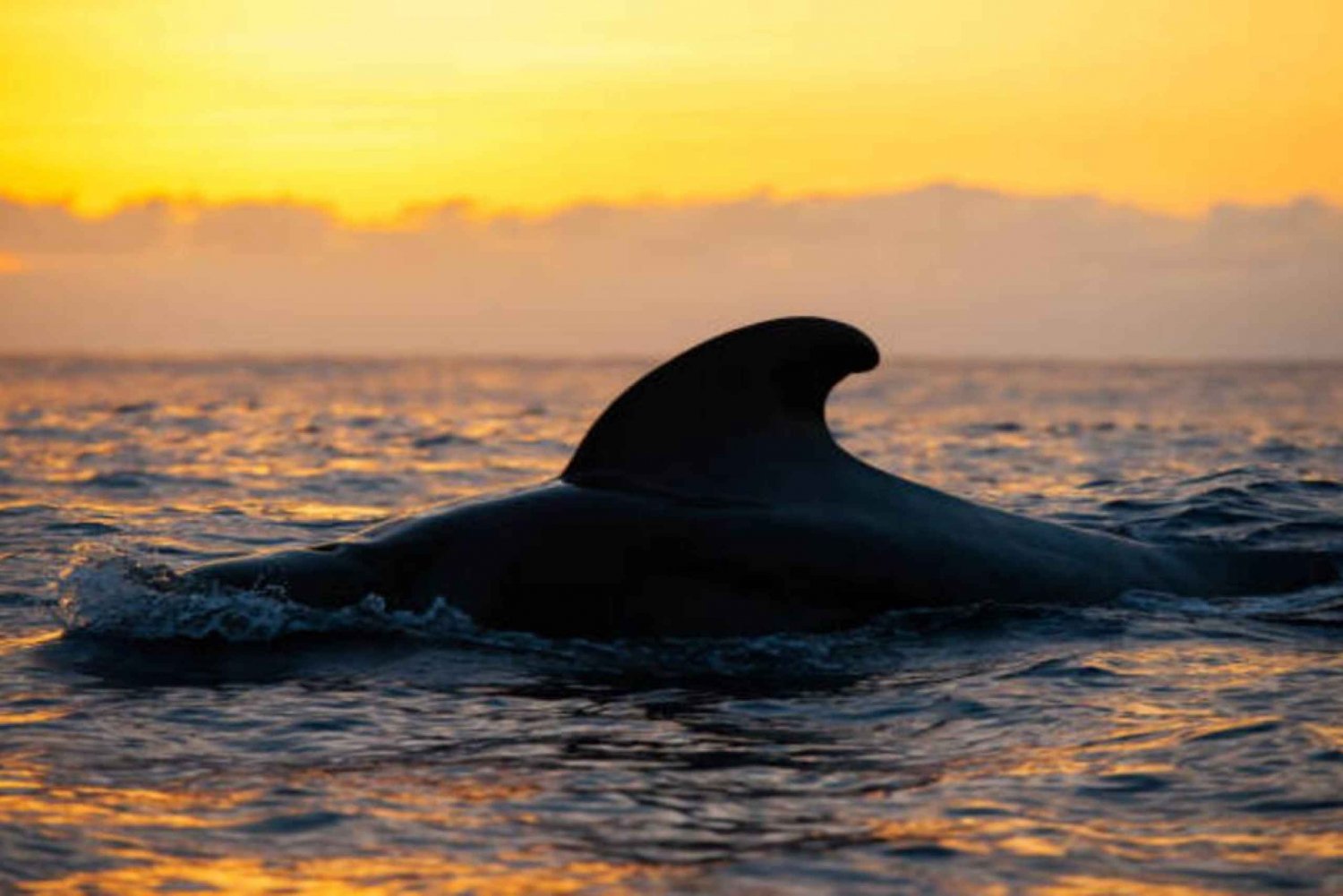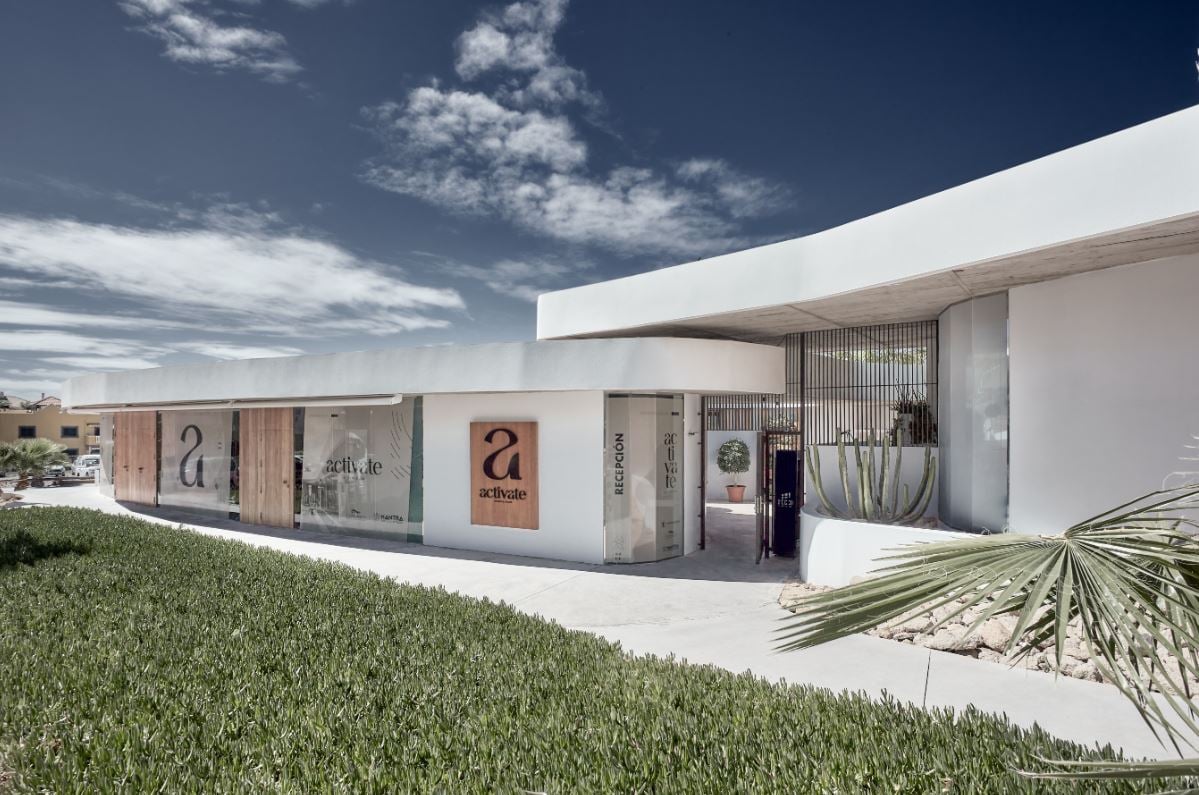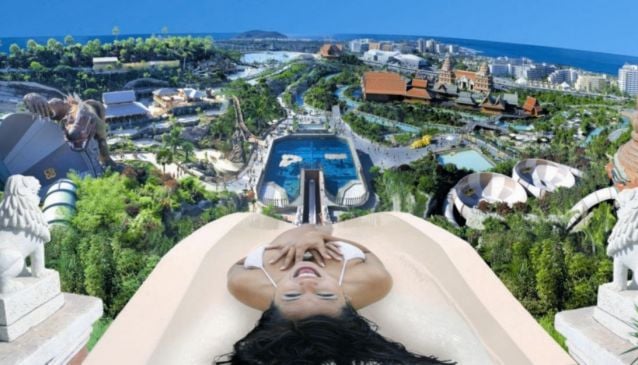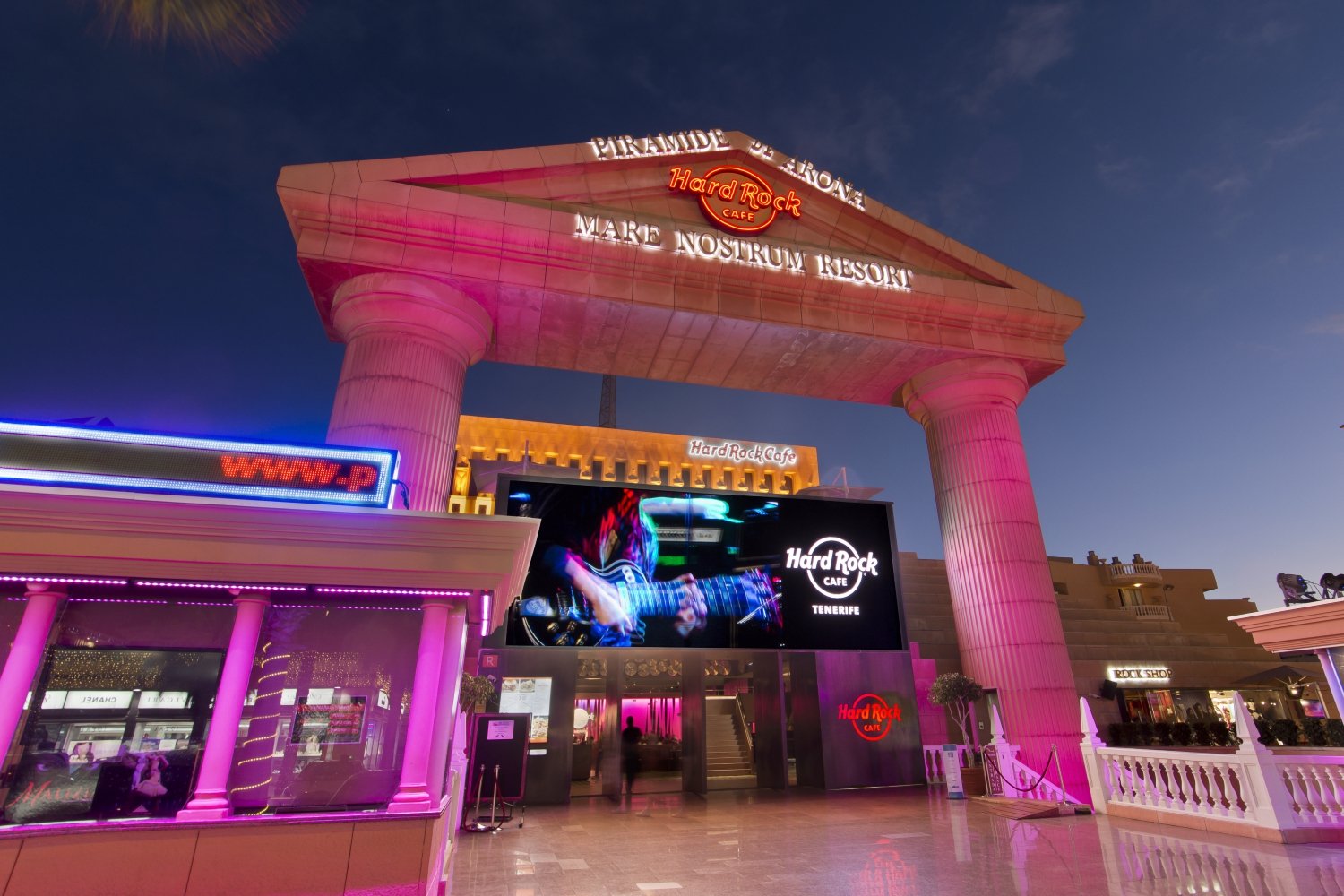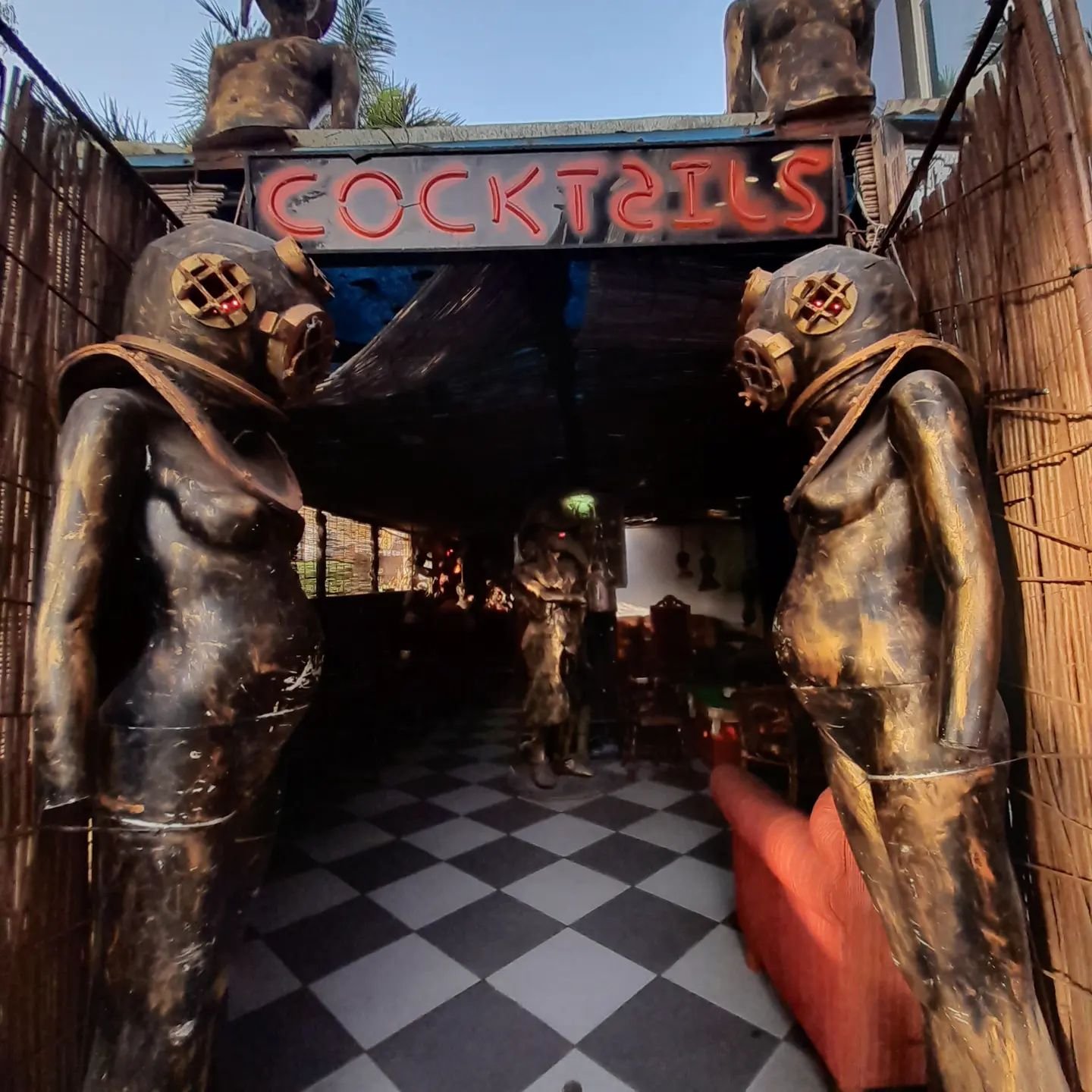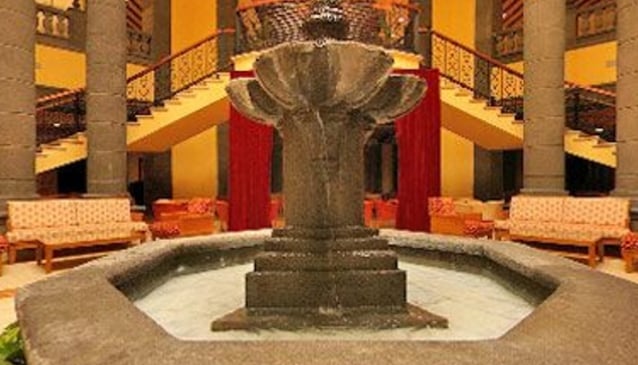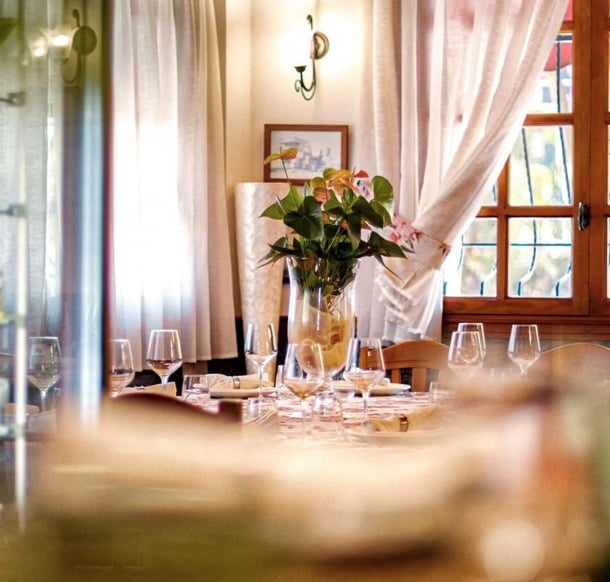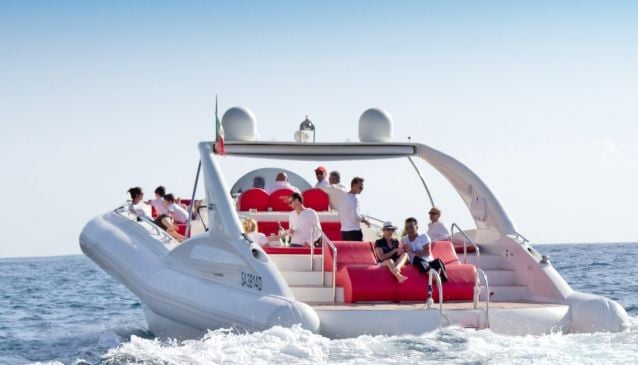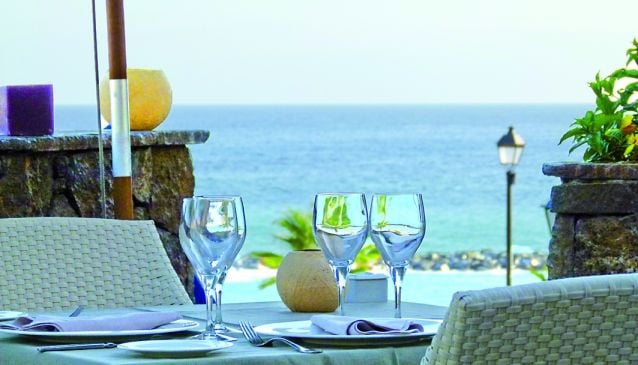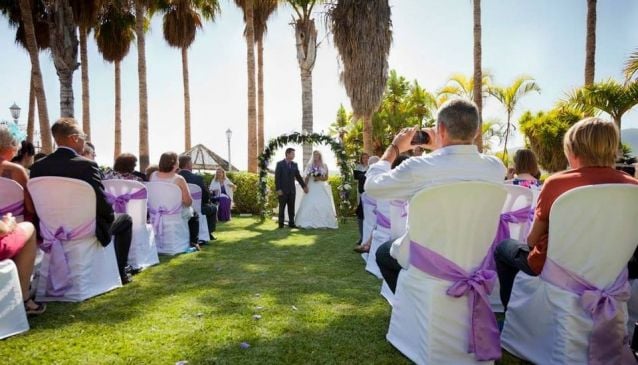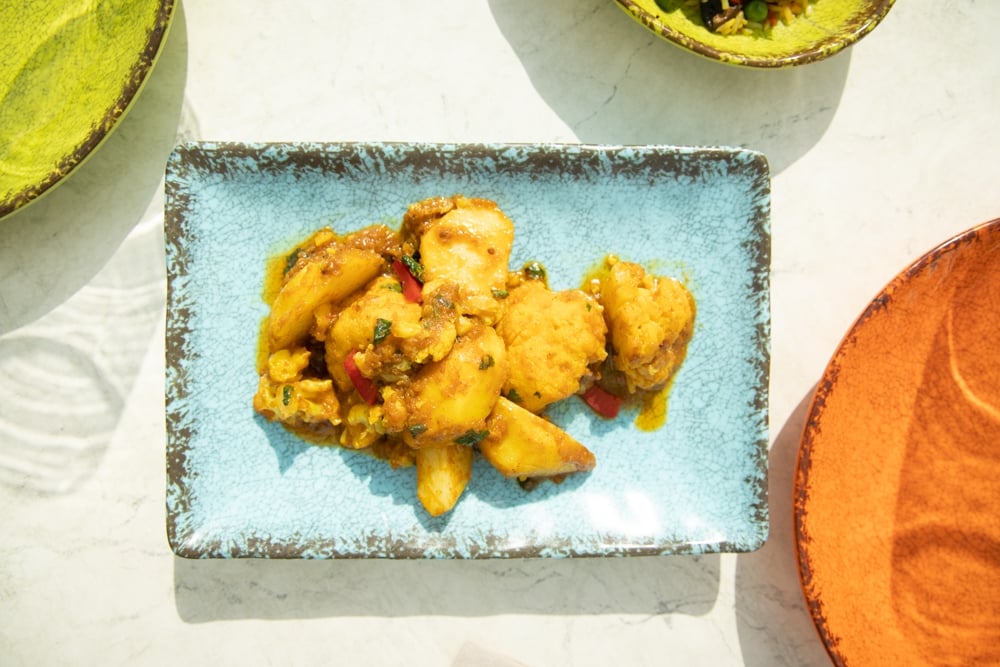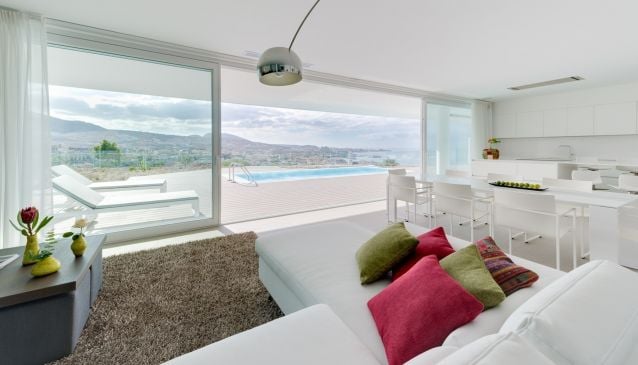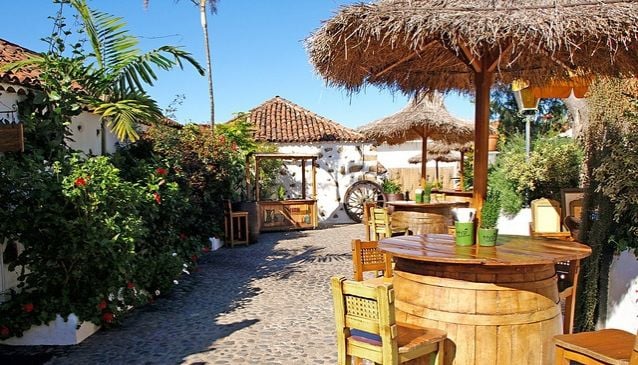Regional Info
Ever since the days when a sombre-faced doctor pronounced, "What you need young lady is a dose of sunshine," and sent a fair damsel packing to Tenerife, the island has exploded onto the worldwide tourism scene as one of the most popular resort islands on the planet.
Fortunately, the face of shameless hedonism once associated with the land the media liked to call Tene-grief has undergone major surgery. Nowadays, this island of eternal sunshine is better known as a chic destination of world-class beaches , luxurious hotels , restaurants , unbeatable nightlife , fabulous trekking, gob-smacking scenery , year-round golf and yes, a thriving cultural scene. So come on in, the water's lovely! The new Tenerife has the lot, and we showcase it right here.
Within Tenerife’s 795-square-mile footprint (roughly the size of the Lake District) you’ll find no less than 12 micro-climates in a variety of regions. In winter snow blocks the high roads while sun worshippers stretch out on the sand less than an hour’s drive away. And while the near jungle-like canopy of the Mercedes Mountains is cloaked in moss and lichen, at the centre of the island black rivers of petrified lava twist and course through the lifeless desert of Las Cañadas.
Main Resorts, mighty fine Towns & Villages
Built on former banana plantations, which are still much in evidence nearby, the main resorts in the south of Tenerife are Playa de las Americas, Los Cristianos and Costa Adeje.
Close to the big three named above, you’ll find a number of charismatic towns and villages such as the windsurfer’s paradise of El Medano with its long swathe of golden sand, and Los Abrigos, a picture postcard fishing harbour where boats pass their daily catch ‘directly’ to the quayside fish restaurants.
The year round climate makes for excellent golf weather which is where the popular resorts of Golf del Sur and Amarilla Golf come into ‘play’. Purpose built around world class golf courses, these are very much self contained towns complete with restaurants, bars and entertainment venues.
Around the coast, Los Gigantes is the west coast tourist haven. Nestling in the shadow of ‘the giants’ cliffs – a must see – this resort is also the stepping off point to the village of Masca. Perched on mountainous ridges, the phrase ‘dramatic scenery’ does not do this area justice.
In the north, Puerto de la Cruz holds the bragging rights as the main resort. In fact, this was the original resort area of Tenerife. Developed from the main commercial harbour of yesteryear, its historical links can be seen in the cannons guarding the harbour against invaders long since repelled.
More history can be found in Garachico, not so much a resort, more of an ‘archetypal’ Spanish Town with colonial style mansions surrounded by narrow streets but one that received the ‘tail end’ of a lava flow when Teide last erupted in 1909 just to add to the mix.
Mountains and National Parks
The third largest volcano in the world Mount Teide (still active!) dominates the island and divides Tenerife into north and south. Snow capped during the winter, as you descend the mountain the climatic layer cake flavours the landscape in many different tones. From the rocky moonscape near the summit to the vineyards of La Orotava valley; from the lush green Anaga Mountains in the northeast to the coastal plains of Buenavista in the northwest and coastal resorts of the south, the variety is stunning!
La Gomera
Dominating the skyline out to sea, from the south and west of Tenerife, is the island La Gomera. Wondering ‘what’s it like over there(?)’, take one of the daily ferries from Los Cristianos and find out.
The Capital
It would be very remiss of us if we did not mention the capital Santa Cruz in this brief roundup of Tenerife. Here are the clichés: cosmopolitan, chic, bustling. But it’s all true! Home to one of the biggest carnivals in the world and a calling port for cruise ships, this city could be called the soul of Tenerife combining an exciting place to live with the ‘bread and butter’ of the island, tourism.


